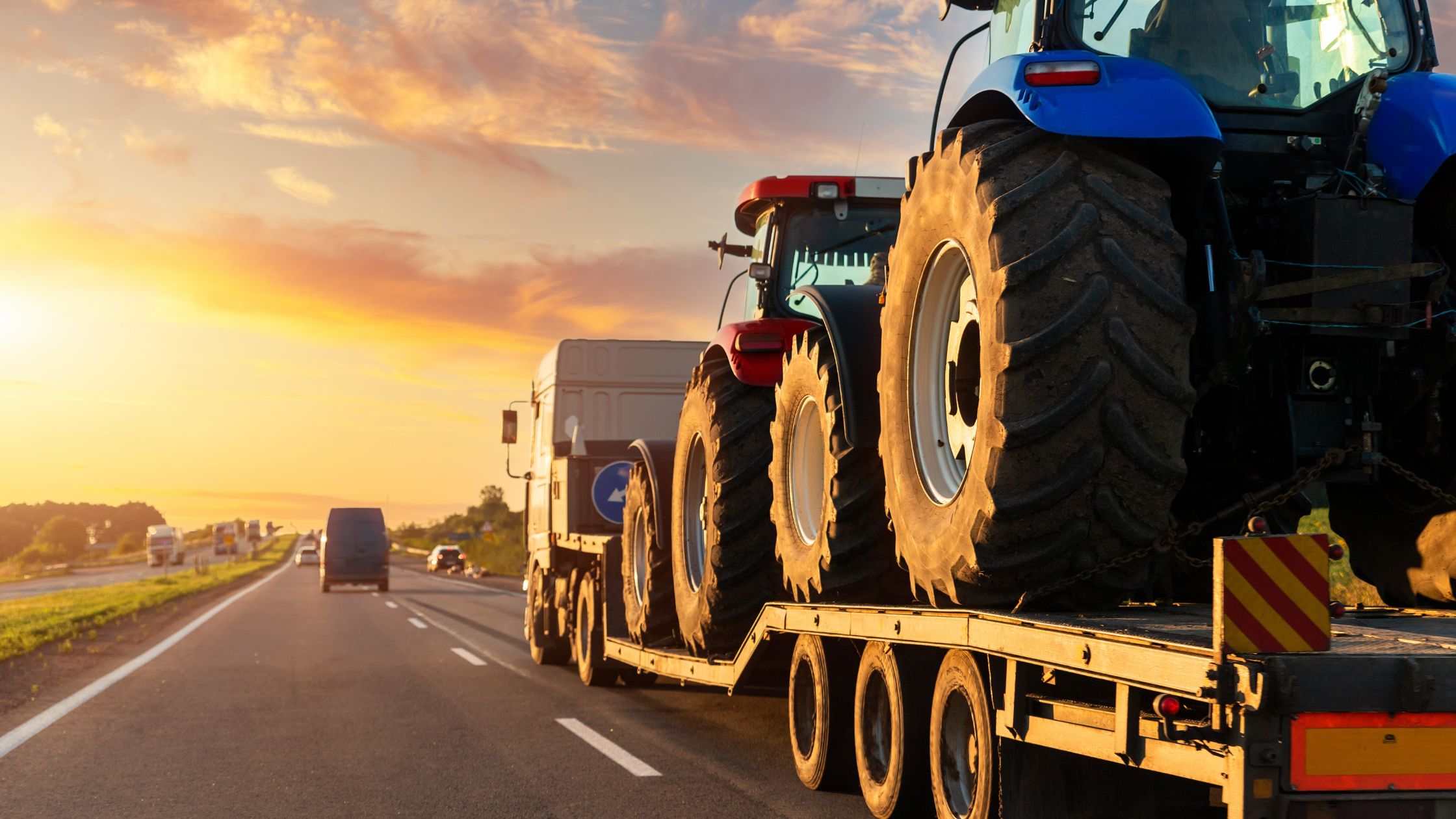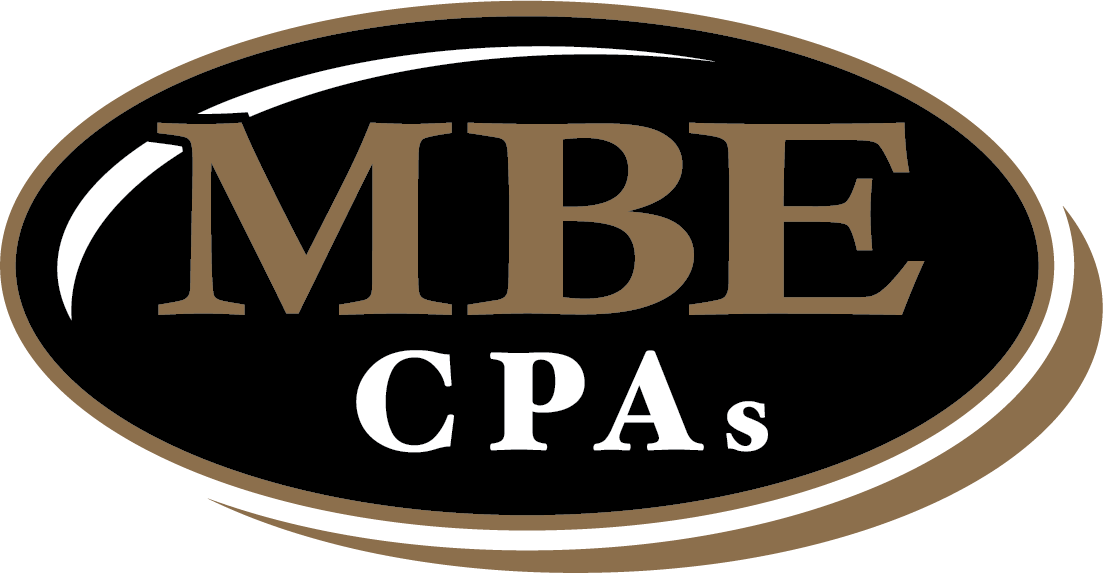Unloading the Basics of Federal Excise Tax on “Heavy” Trucks

Your truck is carrying something heavy, and it’s not cargo.
Aside from goods, your truck, trailer, or tractor can carry hefty tax liabilities, which you – a manufacturer, retailer, operator, or driver – must account for. Right off the bat, you may ask:
- Does the tax apply to all trucks, trailers, and tractors?
- Who is liable for the tax?
- How much do I have to pay?
- What are the filing deadlines?
Keeping up with tax laws and updates can be tricky, especially when you’re in overdrive trying to grow your operations. So, we’ve compiled all there is to know about the federal excise tax (FET) on heavy-duty commercial vehicles.
What is the Federal Excise Tax (FET) on Heavy-Duty Commercial Vehicles?
The FET funds the costs of repair and expansion of the U.S. highway system (Highway Trust Fund). Two tax liabilities come with selling/leasing and driving heavy trucks, trailers, and tractors:
- Retail FET Heavy
- Highway Vehicle Use Tax
Retail FET on the First Sale
What is it?
The retail FET is a 12% tax on the first sale of covered heavy highway vehicles. Although sellers are typically liable, there are times when the purchaser may also become liable:
- The purchaser makes a statement to the seller that they intend to resell or lease it long-term.
- The vehicle is ultimately sold to a new buyer who will use it for its intended purpose.
What Vehicles Are Covered?
The retail federal excise tax does not cover all trucks, tractors, and trailers. So, it’s vital to know what is considered “heavy” by the IRS:
- Truck with a gross vehicle weight (GVW) of at least 33,000 pounds. This includes truck chassis and bodies suitable for use with such vehicles.
- Truck trailer and semitrailer chassis and bodies suitable for use with a trailer or semitrailer weighing over 26,000 pounds
- Tractors with a GVW of over 19,500 pounds and a gross combined weight greater than 33,000 pounds.
Filing Deadlines
Form 720 is filed every quarter. The deadline is the last day of the month that follows the third month of the quarter:
- 1st Quarter – April 30
- 2nd Quarter – July 31
- 3rd Quarter – October 31
- 4th Quarter – January 31
Excise Tax on Used Trucks
Do you need to pay excise tax on used trucks after the first sale? The answer is generally no. However, things get a bit more complicated if the truck is exported and then imported back to the U.S. If the truck is subsequently sold in the U.S., the excise tax liability is applied like an initial sale.
Heavy Vehicle Use Tax (HVUT)
What is it?
If you’re cruising down the highway in a heavy-duty vehicle weighing over 55,000 pounds, did you know you might be liable for the HVUT tax? It’s an annual tax imposed on the truck owner for using such vehicles on public highways. The rate depends on the gross weight of your vehicle, as follows:
- 55,000 to 75,000 pounds – $100 plus $22 per 1,000 pounds over 55,000 pounds ravenous
- Over 75,000 pounds – $550
What Vehicles Are Exempted from the HVUT
Before you go ahead and compute your tax liability, check if your vehicle is among those that are exempted. The keyword you must keep in mind regarding HVUT liability is “continuing use on public highways.” Hence, you might be able to save yourself from the headache if:
- You’re driving a commercial vehicle for less than 5,000 miles annually or an agricultural vehicle for less than 7,500 miles annually.
- Your vehicle is not considered a highway motor vehicle.
In addition, qualified blood collector vehicles of qualified blood collector organizations are not covered by the tax.
Filing Deadlines
How to Compute the Tax Base
1. Sale
- By the retailer – The tax base is the total price paid plus any charges toward preparing the vehicle for use.
- By the manufacturer, producer, importer, or related person – Add a 4% presumed markup to the sale price.
2. Lease
Before we dive into the tax base, it’s worth noting that long-term leases are treated as taxable sales – so you apply the 12% retail FET rate – while short-term leases are treated as taxable use – hence, the application of the HVUT rate.
- Long-term lease
- By the manufacturer, producer, importer, or related person – Add a presumed 4% markup to the constructive sales price.
- Short-term lease
- By the manufacturer, producer, importer, or related person – The tax base is the constructive sales price at which similar articles are sold.
- By a lessor other than the manufacturer, producer, importer, or related person – Price for which the article was sold to the lessor plus the cost of parts and accessories installed by the lessor plus a presumed markup percentage.
- Where the articles are regularly sold at arm’s length – The lowest established retail price at the time of the taxable use.
Call for Repeal: What Would It Mean for the Automotive & Transportation Industry?
Programs and legislations such as the Inflation Reduction Act and Partnerships for Climate-Smart Commodities and Rural Projects underscore the U.S. government’s direction toward building a clean energy economy. But while tackling the climate crisis is a groundbreaking goal, it will be a bumpy road ahead since businesses and other organizations will need all the support they can get for a successful transition to climate-smart operations.
If you’re a truck operator, driver, retailer, manufacturer, or importer, you may have heard or even been a part of the call to repeal the Federal Excise Tax (FET) on heavy-duty commercial vehicles. This clamor came about as transportation and trucking groups look into modernization and switching to low-power emission units. According to them, the FET could add about more than $50,000 to the cost of the latest low or zero-emission vehicle. And as if their hands were tied, they cannot take that first step towards climate-smart operations because, as it is, the added 12% to the cost of a new vehicle leave them strapped for cash.
Hitting the Road Worry-Free
The trucking industry has its fair share of legalities, and taxes are one of the major ones to contend with. Keeping up with all the paperwork required for various taxes you’ve got to pay isn’t always an easy business – especially when you’re already busy enough as it is.
Let us help take out one piece of the puzzle: contact MBE CPAs to get all your federal excise tax needs addressed and taken care of. We can ensure you have the right information at hand so that no tax liability strays your way. And before you know it, you’re back cruising down the road again – this time worry-free and compliant as can be!
This article was written by our marketing affiliate and contributor, Brand House Marketing. Reach out to them for creative and custom-tailored marketing solutions for your company.
